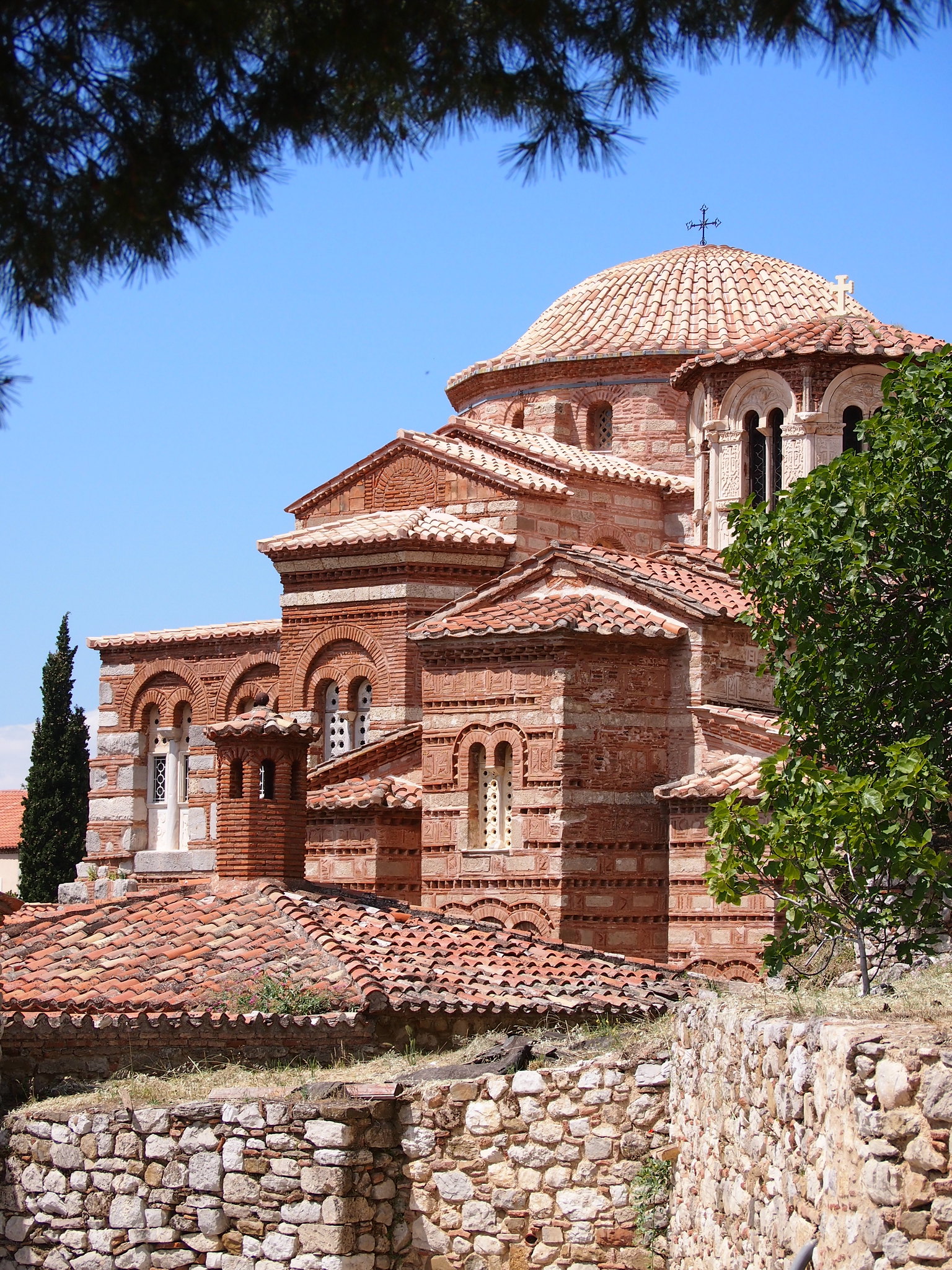Why Is Byzantine History Compared To An Accordion The Orthodox Church in the Byzantine Empire The Story of the Byzantine Empire The Byzantine Empire and the Plague History of the Byzantine Empire, 324-1453, Volume II History of the Byzantine Empire: From MLVII to MCCCCLIII. 1854 The Byzantine Economy The Byzantine World The History of
Vintage Paolo Soprani Italian Accordion. Black Italian Accordion in Working Order. Original Hard Case. Free Shipping to All Countries. – Etsy Israel
In 330 A.D., the first Christian ruler of the Roman empire, Constantine the Great (r. 306-337) (), transferred the ancient imperial capital from Rome to the city of Byzantion located on the easternmost territory of the European continent, at a major intersection of east-west trade.The emperor renamed this ancient port city Constantinople (“the city of Constantine”) in his own honor

Source Image: books.openedition.org
Download Image
Byzantine Empire. The Byzantine Empire was a vast and powerful civilization with origins that can be traced to A.D. 330, when the Roman emperor Constantine I dedicated a “New Rome” on the site

Source Image: britannica.com
Download Image
Byzantine Empire | History, Geography, Maps, & Facts | Britannica The Byzantine Empire influenced many cultures, primarily due to its role in shaping Christian Orthodoxy. The modern-day Eastern Orthodox Church is the second largest Christian church in the world. Orthodoxy is central to the history and societies of Greece, Bulgaria, Russia, Serbia, and other countries.

Source Image: khanacademy.org
Download Image
Why Is Byzantine History Compared To An Accordion
The Byzantine Empire influenced many cultures, primarily due to its role in shaping Christian Orthodoxy. The modern-day Eastern Orthodox Church is the second largest Christian church in the world. Orthodoxy is central to the history and societies of Greece, Bulgaria, Russia, Serbia, and other countries. html. The Early Middle Ages, 284-1000. HIST 210 – Lecture 18 – The Splendor of Byzantium. Chapter 1: Introduction [00:00:00] Profesor Paul Freedman: So I hope you’re ready for the Byzantine Empire. I hope you weren’t too bewildered by all the names, peoples, battles, geography of the reading.
Beginner’s guide to Byzantine art & mosaics (article) | Khan Academy
Terms in this set (12) What two decisions did Constantinople make that changed European history? First he gave Christianity legal second he moved the capital from Rome to Byzantium. For how many years was Constantinople the imperial capital of the Byzantine world? 1,123 years. Why is byzantine history compared to an accordion? The End of an Era: Late Antiquity and the Byzantine Empire – Palo Alto College Art History

Source Image: pressbooks.pub
Download Image
An Introduction to Byzantine History | by Christos Antoniadis | Medium Terms in this set (12) What two decisions did Constantinople make that changed European history? First he gave Christianity legal second he moved the capital from Rome to Byzantium. For how many years was Constantinople the imperial capital of the Byzantine world? 1,123 years. Why is byzantine history compared to an accordion?

Source Image: medium.com
Download Image
Vintage Paolo Soprani Italian Accordion. Black Italian Accordion in Working Order. Original Hard Case. Free Shipping to All Countries. – Etsy Israel Why Is Byzantine History Compared To An Accordion The Orthodox Church in the Byzantine Empire The Story of the Byzantine Empire The Byzantine Empire and the Plague History of the Byzantine Empire, 324-1453, Volume II History of the Byzantine Empire: From MLVII to MCCCCLIII. 1854 The Byzantine Economy The Byzantine World The History of

Source Image: etsy.com
Download Image
Byzantine Empire | History, Geography, Maps, & Facts | Britannica Byzantine Empire. The Byzantine Empire was a vast and powerful civilization with origins that can be traced to A.D. 330, when the Roman emperor Constantine I dedicated a “New Rome” on the site

Source Image: britannica.com
Download Image
Byzantine Empire Background Essay Questions – Byzantine Empire Background Essay Questions Question Answer Who was Constantine? The byzantine | Course Hero Early Byzantine (c. 330-750) The. Emperor Constantine. adopted Christianity and in 330 moved his capital from Rome to Constantinople (modern-day Istanbul), at the eastern frontier of the Roman Empire. Christianity flourished and gradually supplanted the Greco-Roman gods that had once defined Roman religion and culture.

Source Image: coursehero.com
Download Image
Why the term Byzantine Empire shouldn’t be used any more! #shorts – YouTube The Byzantine Empire influenced many cultures, primarily due to its role in shaping Christian Orthodoxy. The modern-day Eastern Orthodox Church is the second largest Christian church in the world. Orthodoxy is central to the history and societies of Greece, Bulgaria, Russia, Serbia, and other countries.

Source Image: youtube.com
Download Image
Beginner’s guide to Byzantine art & mosaics (article) | Khan Academy html. The Early Middle Ages, 284-1000. HIST 210 – Lecture 18 – The Splendor of Byzantium. Chapter 1: Introduction [00:00:00] Profesor Paul Freedman: So I hope you’re ready for the Byzantine Empire. I hope you weren’t too bewildered by all the names, peoples, battles, geography of the reading.

Source Image: khanacademy.org
Download Image
An Introduction to Byzantine History | by Christos Antoniadis | Medium
Beginner’s guide to Byzantine art & mosaics (article) | Khan Academy In 330 A.D., the first Christian ruler of the Roman empire, Constantine the Great (r. 306-337) (), transferred the ancient imperial capital from Rome to the city of Byzantion located on the easternmost territory of the European continent, at a major intersection of east-west trade.The emperor renamed this ancient port city Constantinople (“the city of Constantine”) in his own honor
Byzantine Empire | History, Geography, Maps, & Facts | Britannica Why the term Byzantine Empire shouldn’t be used any more! #shorts – YouTube Early Byzantine (c. 330-750) The. Emperor Constantine. adopted Christianity and in 330 moved his capital from Rome to Constantinople (modern-day Istanbul), at the eastern frontier of the Roman Empire. Christianity flourished and gradually supplanted the Greco-Roman gods that had once defined Roman religion and culture.